From the Himalayas
The Himalayan Memoir
I am very happy to write my first post from the Himalayas.
What a great place this is! It has been my dream to visit the Himalayas from a young age. As I kept learning more about the spiritual aspects of this beautiful spot on Earth, I became more and more fascinated by this place.
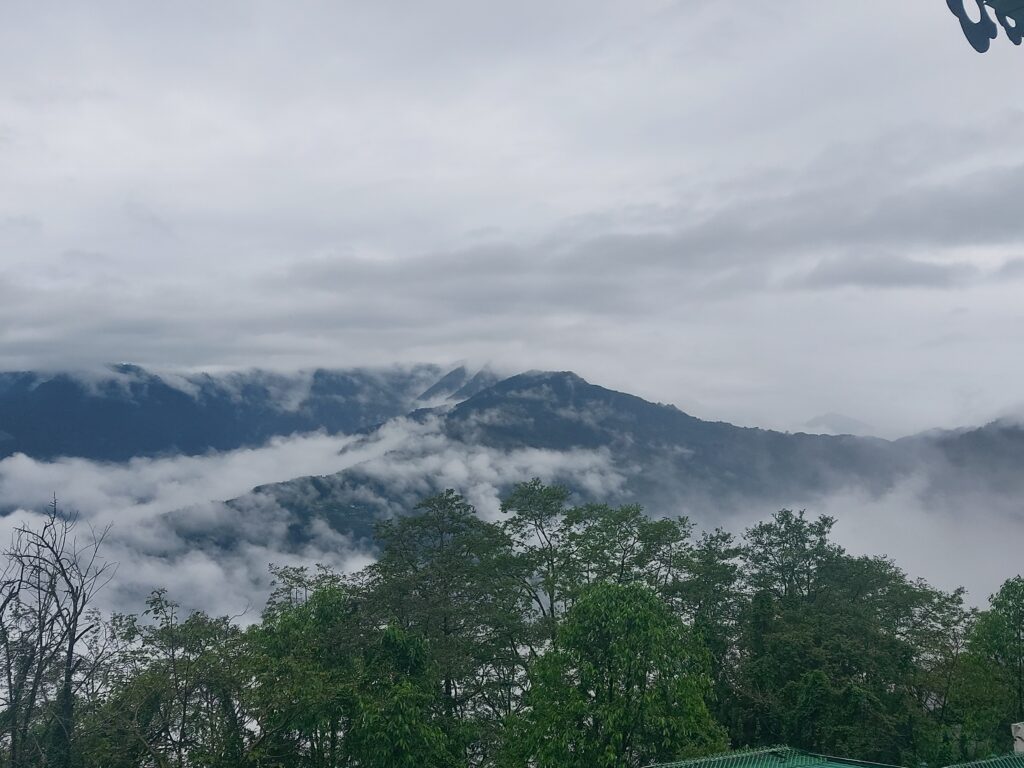
We took this journey to visit Himalayas as a family to experience how life is in the Himalayas and to immerse ourselves in the culture and religious traditions of this region.
To say I am awestruck by its beauty is an understatement. I feel blessed to be near such pristine natural beauty, and experience the wondrous range of the mesmerising and mystical peak Kanchenjunga.
Sikkim, though has been a part of India for more than fifty years, has been somewhat isolated from mainstream India. The airport that is closest to Gangtok is Bagdogra. There is another smaller airport nearby called Pakyong airport but flights are fewer from other regions. So, we landed directly in Bagdogra from our hometown.
We had to travel through parts of West Bengal like Siliguri to reach Gangtok which was a highly mountainous, rough terrain. The curves can bend your mind if you are not used to it, mainly because the roads are not adequately laid. Coming from very urban lifestyle, the mountains were both breathtaking and shocking.
Though Gangtok is not a very famous spot to visit, the number of tourist cars along the way showed a wholly different story. Indeed, the place can get quite crowded during the Summer season when the rest of the Indians get their summer breaks. Coincidentally, children in Sikkim get holidays during winters for couple of months and around two weeks of holidays during the Summers.
We quickly made friends with the driver who was very knowledgeable about the local terrain, Himalayan vegetations and the tourist spots along the region. We communicated in Hindi and English, as most drivers here are familiar with these two languages.
We stopped at a restaurant along the way which was just outside Gangtok and was pleasantly surprised by the aromatic Himalayan food. Later, we found out it was a good idea to have our dinner there. The hotel where we were staying stopped serving food after 10 PM.
Before I started my journey, I was convinced that I could not handle the Himalayan food after looking at a few Himalayan life youtube videos. But if you find out from locals regarding the food, you can identify these gems along the way. There are places where you can indulge your taste buds in the rich and wonderful cuisine of the Himalayas.
My longing for the Himalayas
Ever since I started traveling in my 20’s, I found mountains to be very calming. The treasures found in the mountains cannot easily be found elsewhere. These treasures of tranquility, peace and joy are to be cherished.
At some point in my life during my mid 20’s I came across this splendid book called “Autobiography of a Yogi” by Paramahansa Yogananda. This is a book that can transform the consciousness of the reader. I read a lot about the Yogis in the Himalayas and I wished to see them. I dreamt of the great land called Himalayas many many times hoping to experience the beauty of the hills. There was a longing for this solitude inside myself.
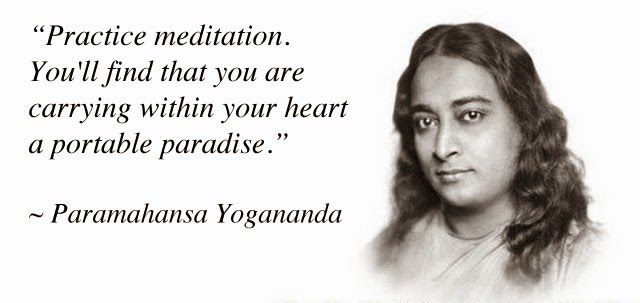
The First Experience of Sikkim and Kanchenjanga
Sikkim has a naturally picturesque landscape. It has everything that nature has to offer. Pristine waters, beautiful mountains, valleys that are mysterious and clouds that make you feel like you are on cloud 9. The first thing I realized when we climbed up the mountain to Gangtok was that it was not fog that was surrounding the mountains but those were clouds at eye level, sometimes teasing us, sometimes charming us and sometimes scaring us.
Driving in these roads require mastery of a different level. The roads were not smooth and the entire area was mountainous. I developed great respect for the people who made this place their home.
Rains were sudden and clouds covered the roads and the ranges. It made everything feel otherworldly.
Another great thing about traveling in these roads is you get to read the best of quotes regarding driving that are put up by Border Roads Organization (BRO) alerting drivers to remain cautious while driving. A lot of thought has gone in to come up with those messages.
Day 1
Hanuman Tok/Ganesh Tok/Plant Conservatory/Bakthung Waterfalls/Gonjang Monastery/MG Marg
The trip to Hanuman Tok and Ganesh Tok was wonderful. Hanuman Tok had deities of Ram Parivar, Radha Krishna, Ganesh, Sai Baba along with Hanuman as main deity. The place was extremely picturesque, divine and blissful. The tok also offered views of the mountains surrounding it, thereby making it also a tourist destination. This place was well managed by the Black Cats team of the Indian army.
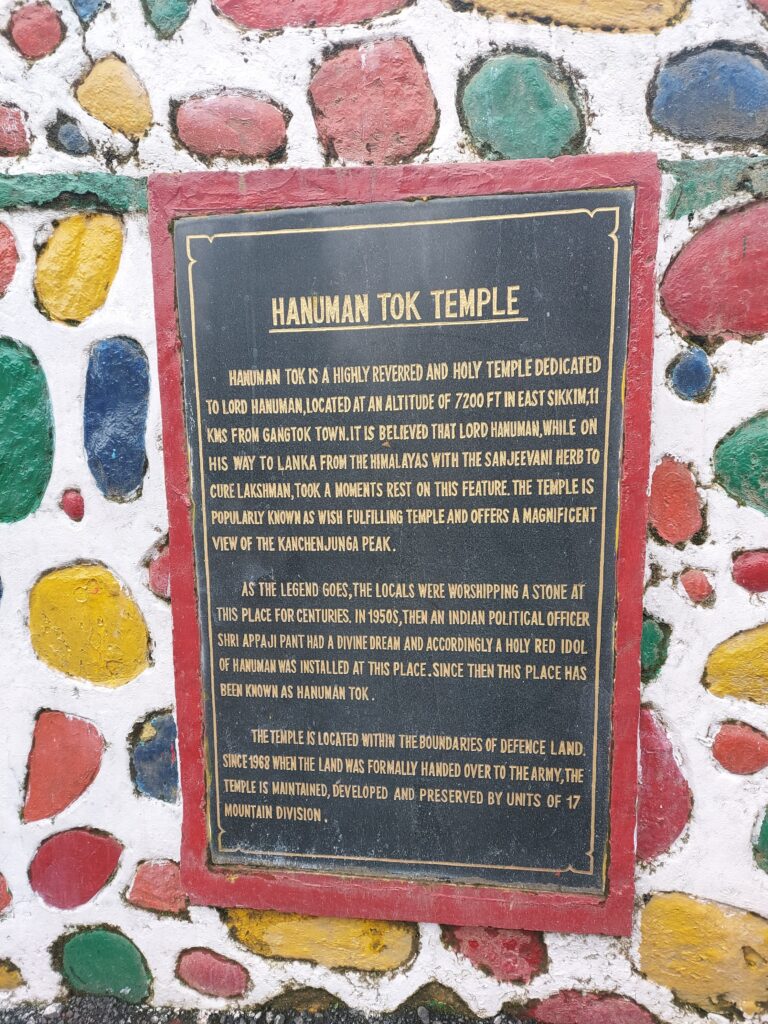
Ganesh Tok has the deity of Lord Shiva surrounding the main shrine of Lord Ganesha. Devotees can pray and also have a wonderful view of mountains around the region. There is a small gift shop where you can buy souvenirs of Sikkim.
We then went to the Plant conservatory eagerly expecting to see some beautiful flowers of the Himalayas. This place was filled with plants but unfortunately, there were not many flowers during the time that we went (May 2022). As you go inside the conservatory, you will see a waterfall after a short trek, which was a pleasant surprise and made this visit a good experience.
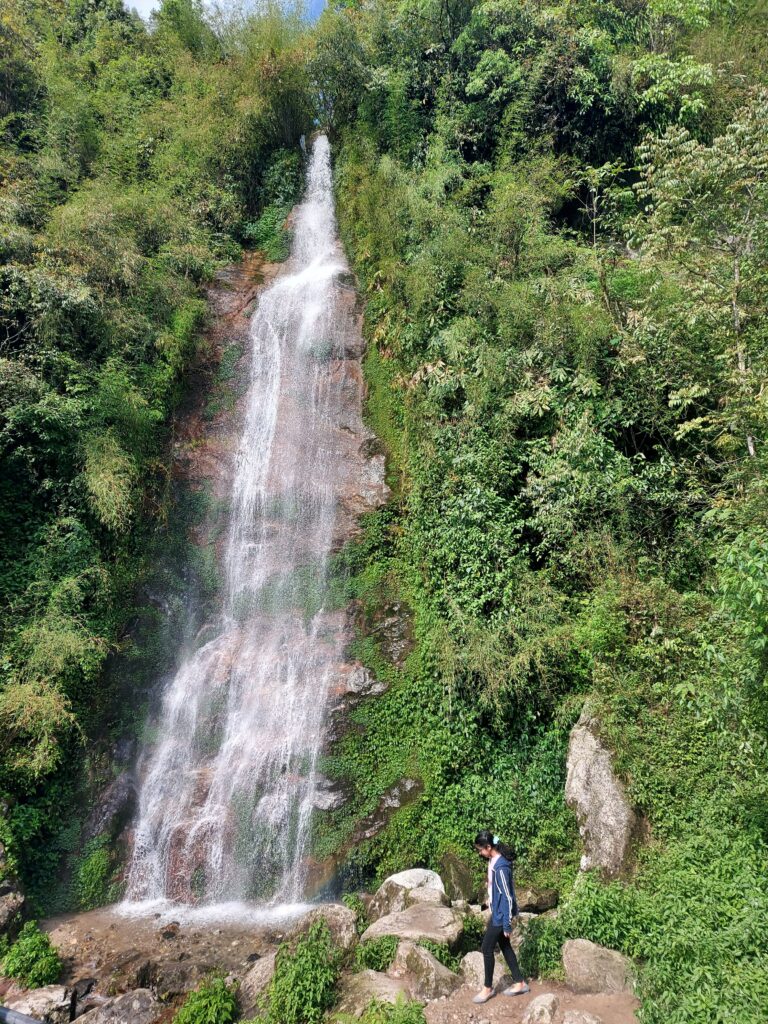
From there, we visited Bakthung Waterfalls which was a small roadside waterfall in Gangtok. Many people gathered around there to take photos.
What ended up happening in the next few days was that I realized waterfalls and natural springs are much more common as we go towards northern Sikkim.
On our return back from Bakthung falls, I decided to visit a Tibetan monastery nearby en route to our hotel. The Gonjang Monastery is a colourful monastery with deities of Tibetan Buddhism. The place is powerful and peaceful. The shrine of White Tara and Green Tara was closed during our visit but thankfully, we were able to view them through the open windows. They looked stunning, and offered peace and protection to the devotees.
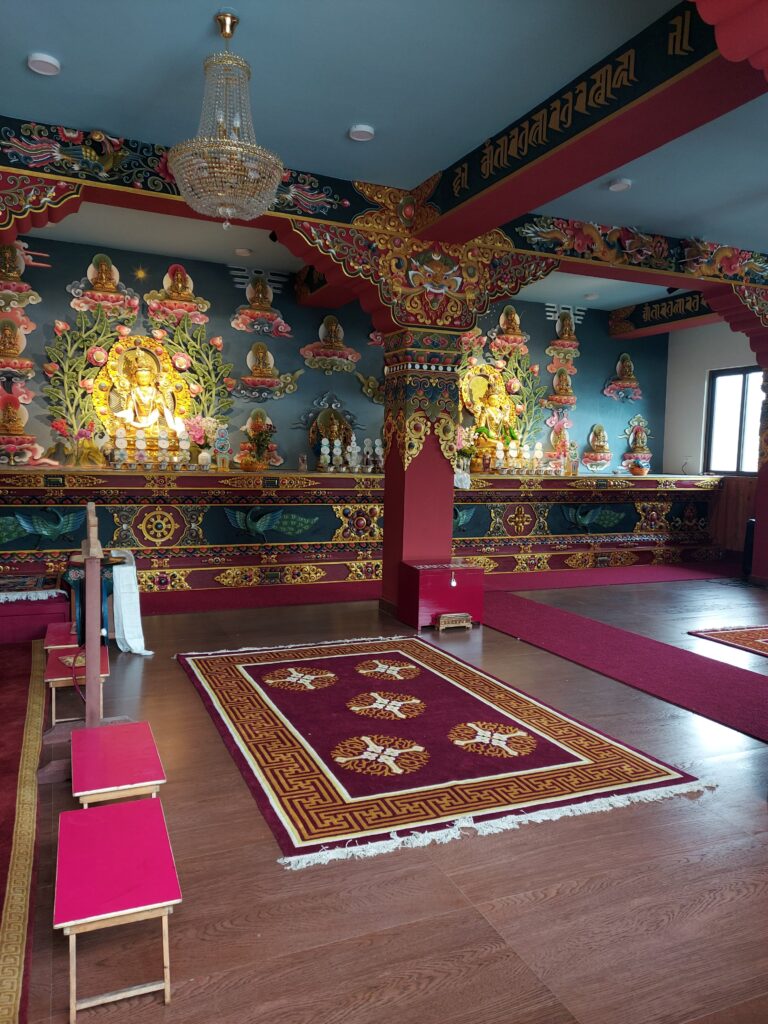
Surrounding this was the wondrous views of the Himalayas. At any given place in Sikkim, one can view the majestic beauty of Mother Nature. No wonder people worship nature here. Nowhere else you will see such mesmerising views of Nature. Words can’t adequately capture the magic of Sikkim.
Should I write about the breeze, the cold air, the rapidly changing weather, the picturesque landscapes, the stunning valleys or the wonderful, helpful Himalayan people?! I am confused.
After being immersed spiritually in Buddha’s peaceful aura in the Gonjang monastery, we visited MG Marg which is a road dedicated for shopping in Gangtok. We had delicious food in a restaurant by name Rasoi. To say we had a feast was an understatement. I truly enjoyed the food that day.
After a delightful day of immersing our senses in various ways, we went back to our hotel room, truly contented, thanking God who enabled us to enjoy the beauty of Sikkim.
Day 2
Tsongo Lake/Baba Harbhajan Singh Mandir
We had a long day ahead of us. So, we had our breakfast early that morning in our hotel. Good food is going to be hard to find along the way to these places. If you have access to reasonably good food in your hotel, please enjoy your breakfast there itself.
Along the way, we went through high to very high altitude mountainous region. What I saw along the way made me reflect on what was permanent and what was non-permanent. I noticed many white flags along the way. Those were actually prayer flags tied by Tibetan Buddhists in honour of someone who passed away in the mountains. Seeing the huge number of these flags made me anxious, but I reassured myself that these flags were not tied in a single day.
There were flags in other colours too that were hung to thank the deities for fulfilling the prayers and wishes of the devotees. There were flags in red, blue, yellow, green and white thanking the five elements.
Some parts of the mountains were fully lined by these flags. The faith of the people was visible in everything that I saw.
Landslides and other natural calamities makes one deeply respect the nature that governs our very existence. In Sikkim, such things are somewhat normal. Here, people greatly revere the five elements.
We kept ascending towards Tsongo Lake where we found natural spring waters of the Himalayas. Indeed, that experience of seeing pure, unadulterated water from glaciers was a magical experience in itself.
We stopped by at a local restaurant along the way before entering the army zone to enjoy a decent cup of Tea and we placed orders for food in advance for our lunch on the way back.
The Tsongo Lake remains frozen during the winters but during the time that we went, the lake was clear. Instead of stopping by at the Tsongo Lake, the driver told us that we must visit the Harbhajan Singh Mandir. Prior to visiting this place, I was unaware of anything about this patriotic saint Harbhajan Baba.
Since the driver made the call to go forward, we went ahead. Once I saw the revered shrine of Baba, tears started pouring from my eyes. Seeing the Desh Bhakti Sthal with the Indian flag flying high, patriotic feelings rose within me considering the great sacrifice and courage of our Indian soldiers in the border. I sat in one corner and cried with feelings of gratitude for the martyrs. I felt great pride in being an Indian.
Sitting in my urban home in India, I rarely felt such emotions for our soldiers. Though I was grateful to be an Indian and thankful for the soldiers, I never once broke down and cried for the valour and sacrifice of these real life heroes. Going closer to the border made me realise the immensity of the sacrifice of these courageous, selfless beings.
We saw the living room, office room and the shrine of Baba. Again, copious tears fell from my eyes. I am sure a lot of people thought I was crazy. But these overwhelming feelings of patriotism found a way to express itself that day.
The story of Harbhajan Singh requires a more detailed post but I request you to read about him online. The myths surrounding him felt real.
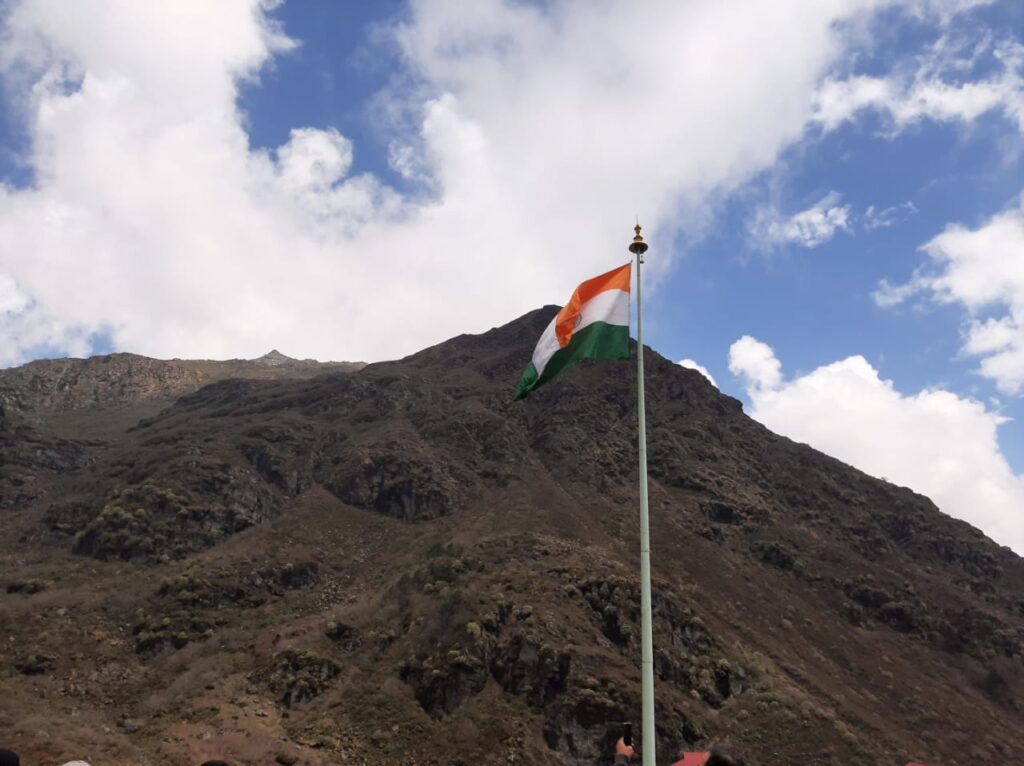

There is a beautiful waterfall with a large statue of Lord Shiva in the mountain which seemed as if Ganga herself was flowing from Lord Shiva’s head. One had to go on a small trek to visit this shrine.
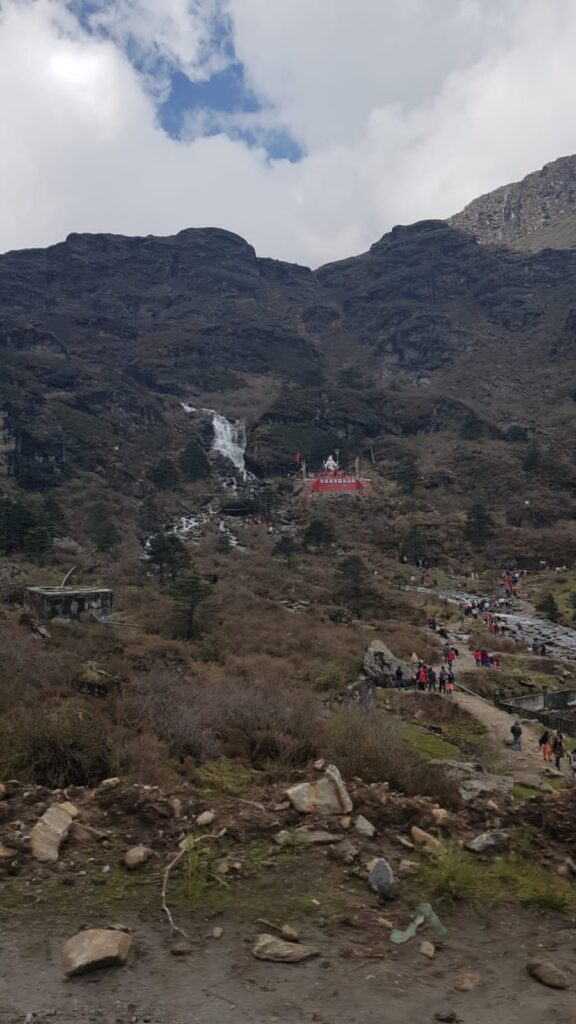
As we were about to embark on this trek, it started raining heavily. Snow was also starting to fall. We decided to return back to Tsongo lake and descend the mountain before the snowfall becomes unbearable.
The visibility was diminished. The driver drove at around 50% cloud cover in the dangerous mountains. Since our driver was one of the most experienced drivers, he could drive us safely to Tsongo Lake. As we came to Tsongo Lake, the rain completely stopped.
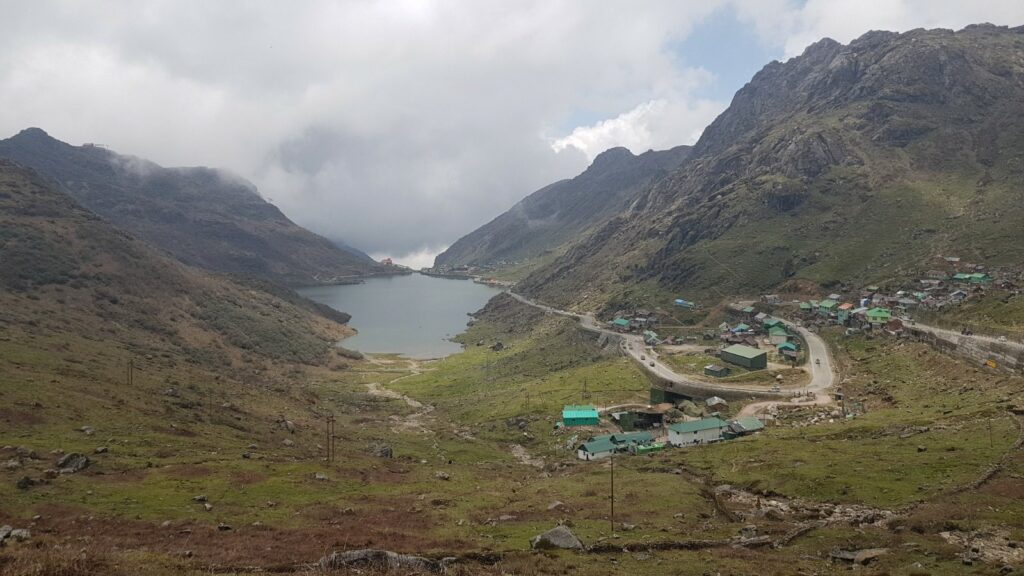
We saw Yaks peacefully gracing and posing for the tourists near the Lake. This was a dream come true vision for me. I had only seen Yaks in videos and this was my first time seeing Himalayan Yaks. Such peaceful animals are rare to find. We took some nice pictures and enjoyed the view of the lake. The Lake had the shape of the map of India itself, which was breathtakingly stunning.
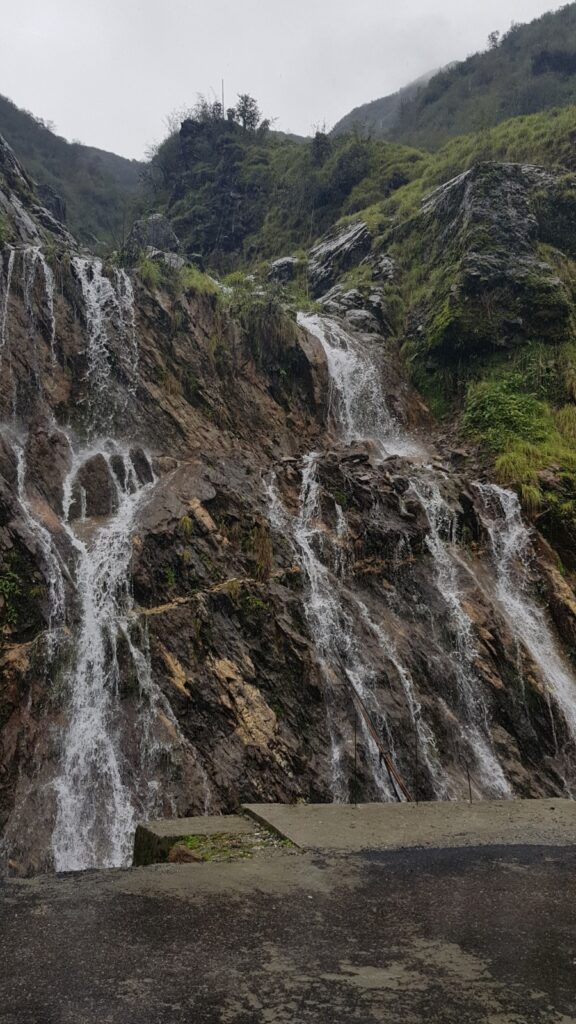
Again, it started to rain as we were about to get comfortable in that place. We chose to descend the mountains. A very, long curvy descent was in store for us. We were happy to get back to the hotel to regain some normalcy from high altitude.
Day 3
Enchey Monastery/MG Marg
We chose to take it easy on Day 3 and visit Enchey Monastery. This monastery is a very well-renowned Tibetan Buddhist monastery built around a century ago. There were prayer wheels all around the monastery. My daughter and I kept rotating the wheels as we went inside. It gave a very keen, calm mind ready to focus on the object of meditation inside.
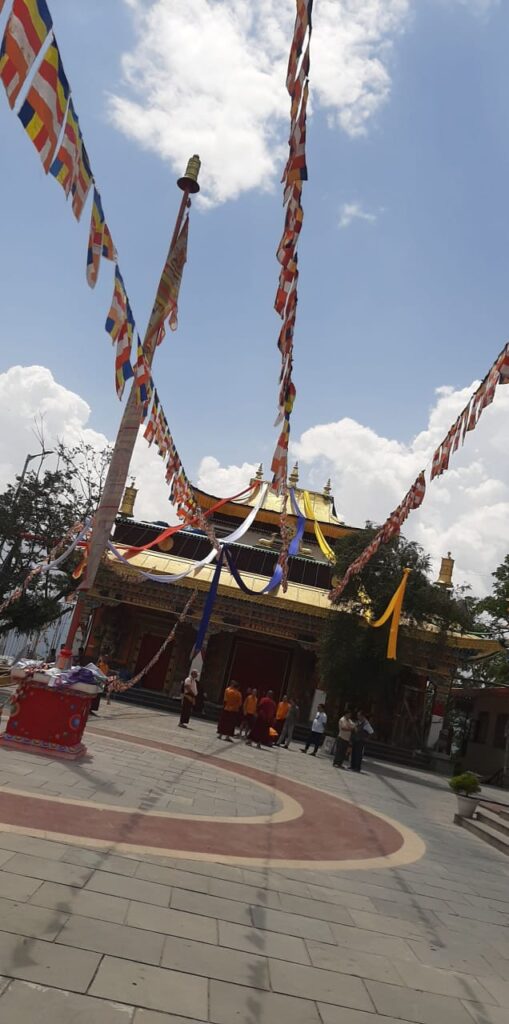
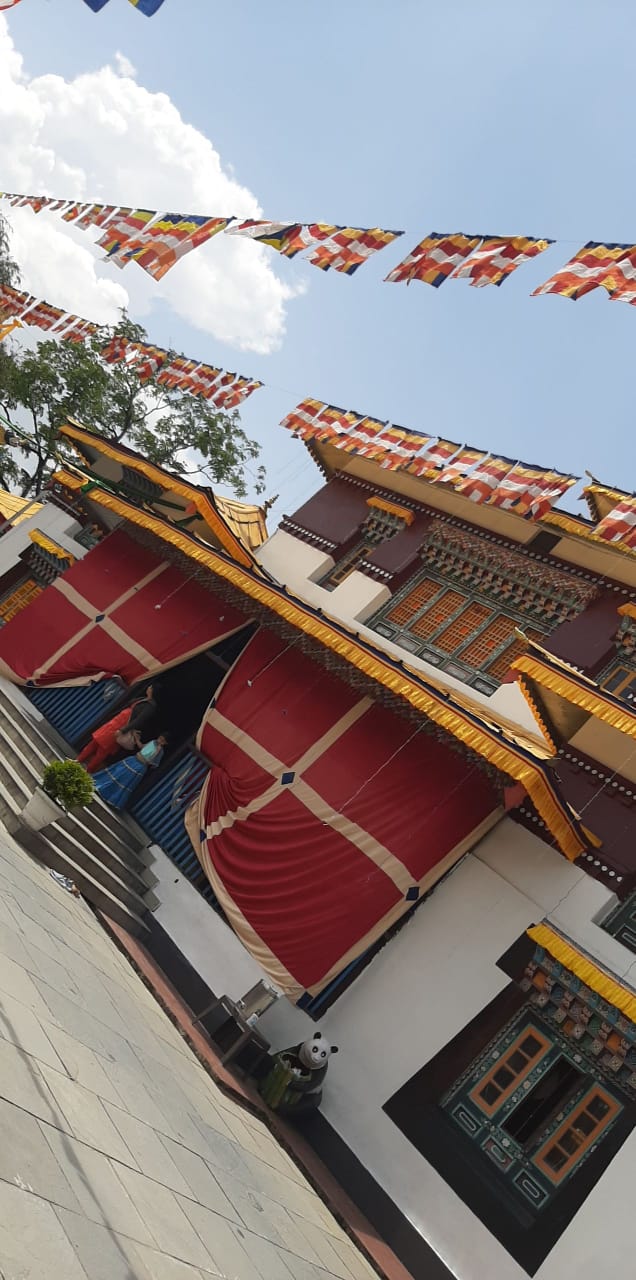
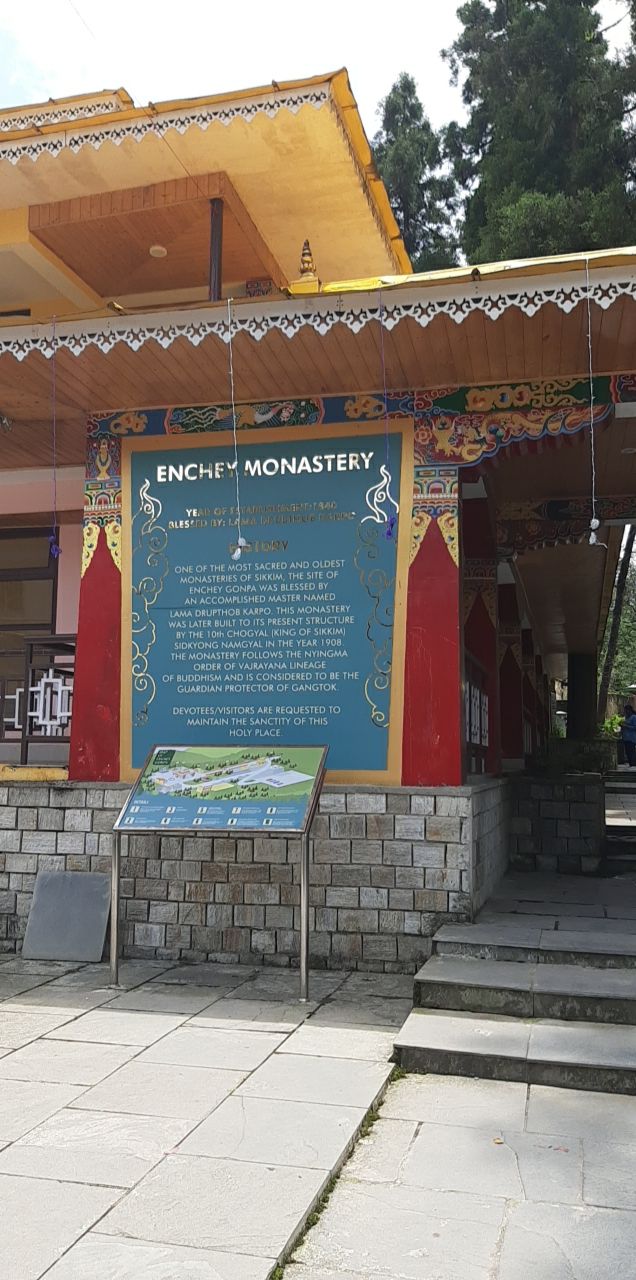
As we entered the monastery, we saw monks working sincerely in different areas. Some monks were tending to the garden while others were cleaning the area, oiling the prayer wheels and some even helped in new construction. The work ethics of the monks and their concentration was evident in the way they were doing their daily chores.
There was a main shrine of Lord Buddha, Guru Padmasambhava and other guardian deities of the region. This place was ethereal, bringing utter calmness to my restless mind. Buddha’s blessings are abound in this tranquil shrine. A monk lit some incense for Lord Buddha which made the place even more blissful. What an experience!
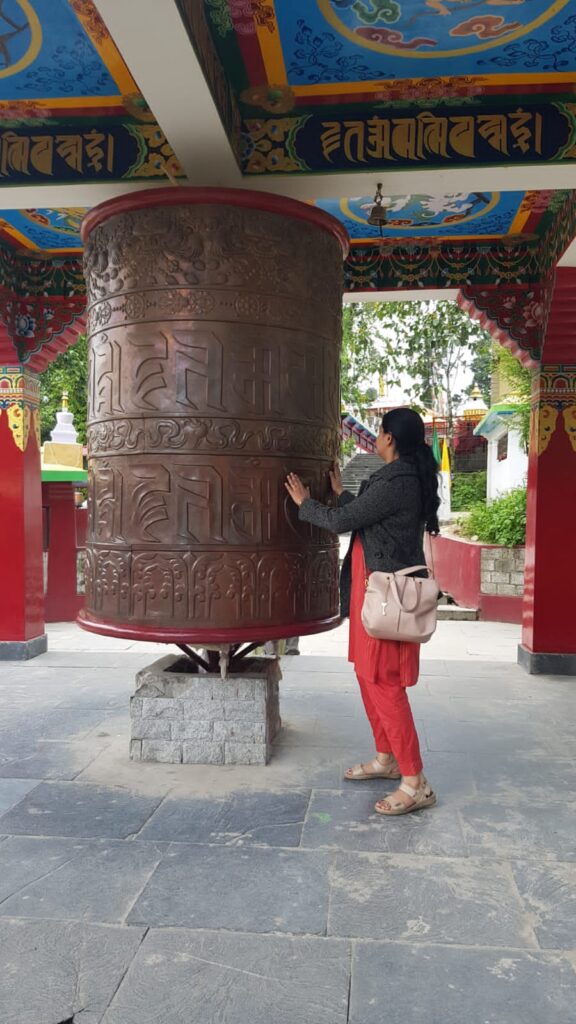
After thoroughly enjoying the ambience of this place, we returned to MG Marg to have lunch at Rasoi. After this, we did some shopping and returned back to our hotel, taking a restful day to enjoy the scenic view of Kanchenjunga and the surrounding mountains right from the luxury of the hotel room.
Day 4
Namchi Trip to Darjeeling
Temi Tea / Padmasambhava Statue / Siddheshwar Dham/ Darjeeling
We started the day’s trip at around 9:30 AM after having our breakfast in the hotel. Our plan was to go to Darjeeling via Namchi. Though I hesitated initially to take a trip to Namchi, I happily agreed to the trip after finding out that we can visit a replica of the 12 Jyotirlingas and Char Dham. I had always wanted to visit the Jyotirlingas some day. How can I miss this opportunity to see all of them at the same spot?!
I was craving to head there the moment I read about this precious, hidden gem of a place.
As we started the travel, we saw the river Rangeet. There was not much water but the place looked picturesque with river stones lining the riverbed surrounded by mountains. As we continued our journey, we saw the beautiful Teesta river and the various hydro-electric projects of the state. With fresh water springs, rivers and abundant rains, Sikkim is a perfect place to have hydro-electric power stations. I was also happy to see properly laid roads here. The locals told me that these were done after the Modi Government took over.
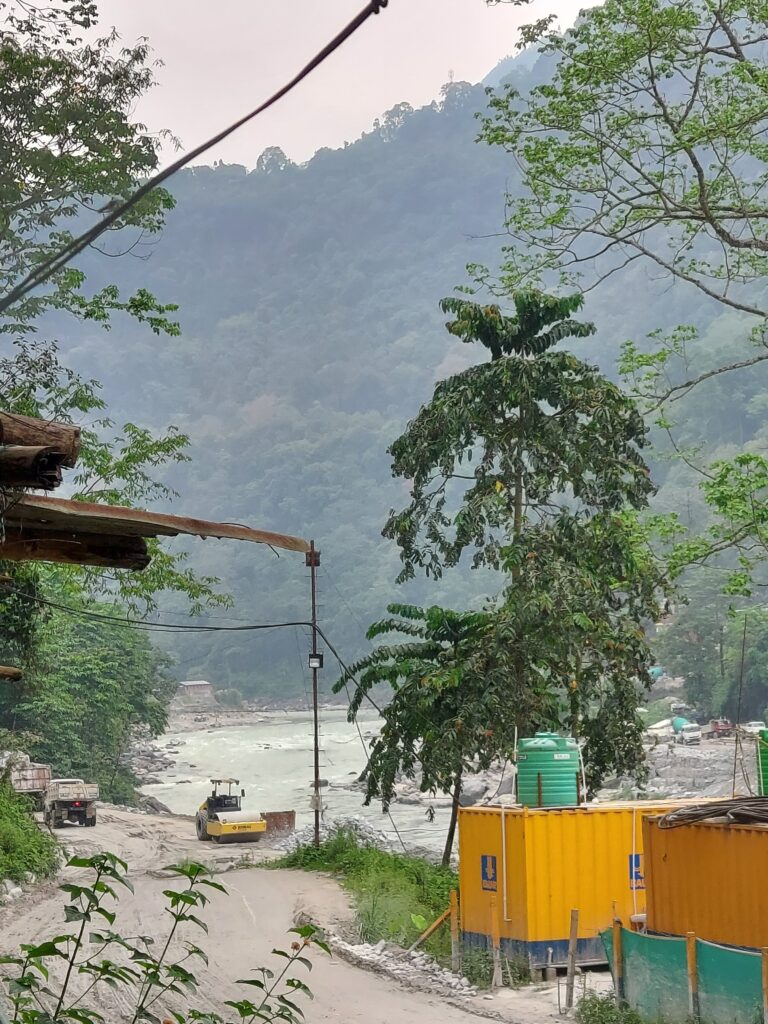
We stopped by at a tea stall and enjoyed the hot tea near River Teesta. We saw a little child of around 2 years in that small shop who was lively, exuberant and joyful. She was friendly with all of us. It was a big contrast from the city-bred kids who don’t talk much to strangers. Himalayan hospitality was evident even in that place. Though some of these people live in small abodes, their hearts are large enough to share their love with all the visitors.
We went in the direction of Namchi in South Sikkim. After an hour or so, the driver informed that the road was closed for an hour because of a road-widening project. There were around ten cars already waiting for the road closure to open. Our driver being a smart one told us to have lunch at the shop nearby.
I was initially apprehensive. The place barely looked like a restaurant from outside. It looked merely like a small snack shop. But on stepping inside, I realized this road-side shop had five star view of the mountains. We ordered vegetarian noodle soup. Maggi is the default food available here in the Himalayas for tourists.
The cook added some locally sourced vegetables to the Maggi and made it aromatic and tasty. What a feeling it was to sit there sipping the hot, noodle soup in the cold weather having such a panoramic view of the mountains!
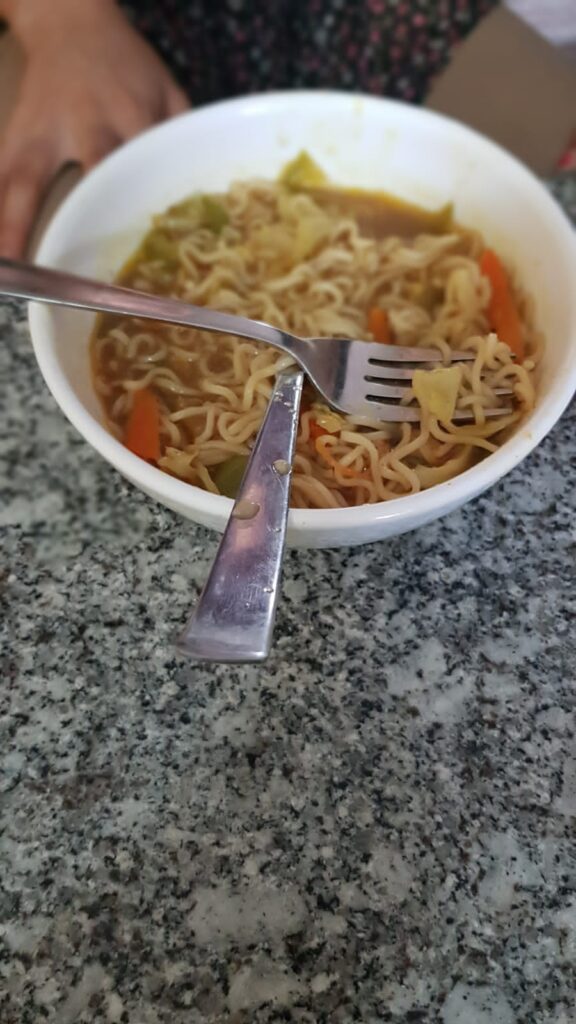
Just as we finished our lunch, the road closure opened. The other side of the road had many landslides and people were working to fix it. Our driver cautiously drove over these regions. A few minutes of driving revealed that South Sikkim is heavenly and beautiful. The roads were barely there in some spots. Some roads had also partially caved in or slid down. Our driver skilfully drove in those regions.
Our next stop was a tea estate called Temi Tea Estate. Cleanly maintained and not too crowded, this is a nice place to visit if you want to see Sikkim’s tea estates.
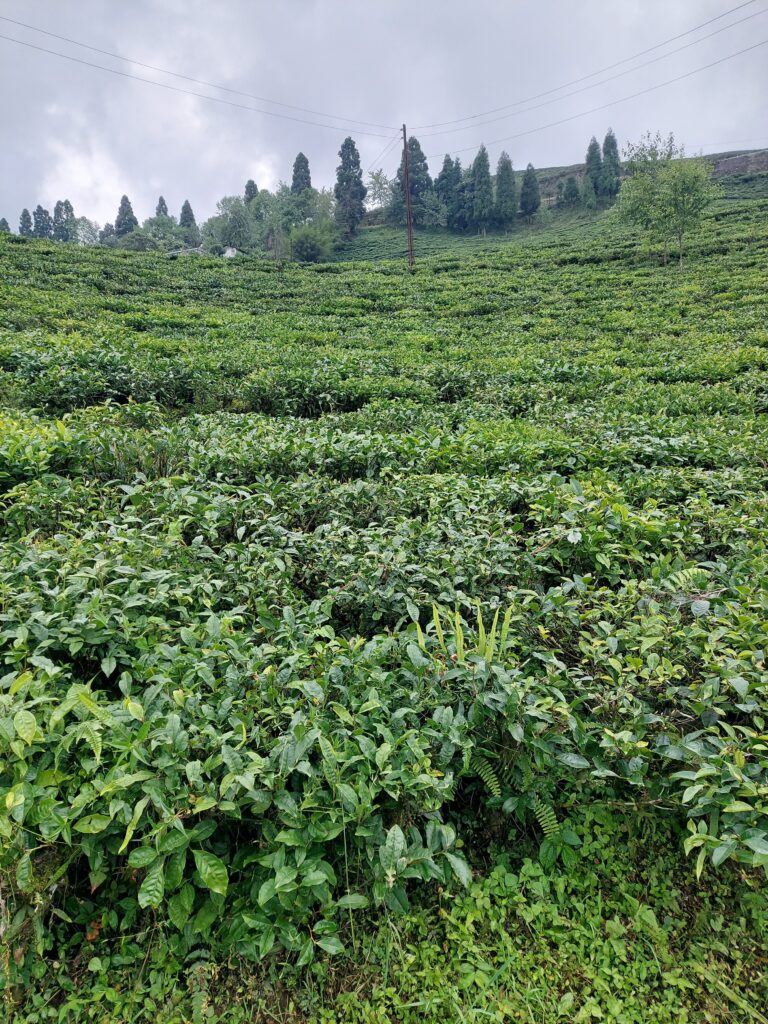
From there, we went deeper into South Sikkim to Samdruptse where the statue of Guru Padmasambhava sat high on the mountain. The legend of Padmasambhava itself is fascinating and deserves a separate detailed description.
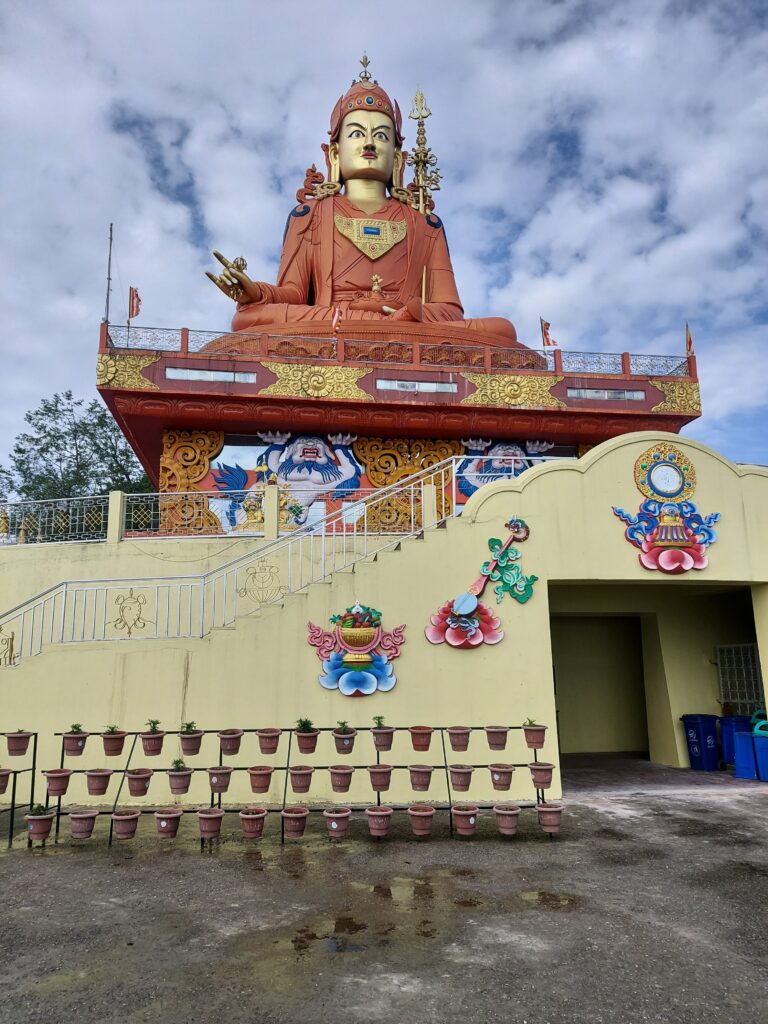
This place had magnificent view of the mountain ranges. Parts of the Kanchenjanga ranges were visible from here. Without cloud cover, one can clearly view mountains in all directions. The 108 Ft statue of Lord Shiva in Siddheshwar Dham which was on top of another mountain was visible from Samdruptse.
After climbing down from Samdruptse, we had to ascend another mountain to go to Siddheshwar Dham. I was shocked to see the sprawling temple complex of the Siddheshwar Dham. The air was cool but not too cold that day. We removed our extra jackets and ventured in simple, cotton fabric into the temple.
They had beautiful replicas of Puri Jagannath shrine, Badrinath Dham, Kedarnath Dham, Dwarka and Rameshwaram. The sanctity of the temple was maintained by the priests who kept the temple religious and pious instead of letting it sit as just another tourist location.
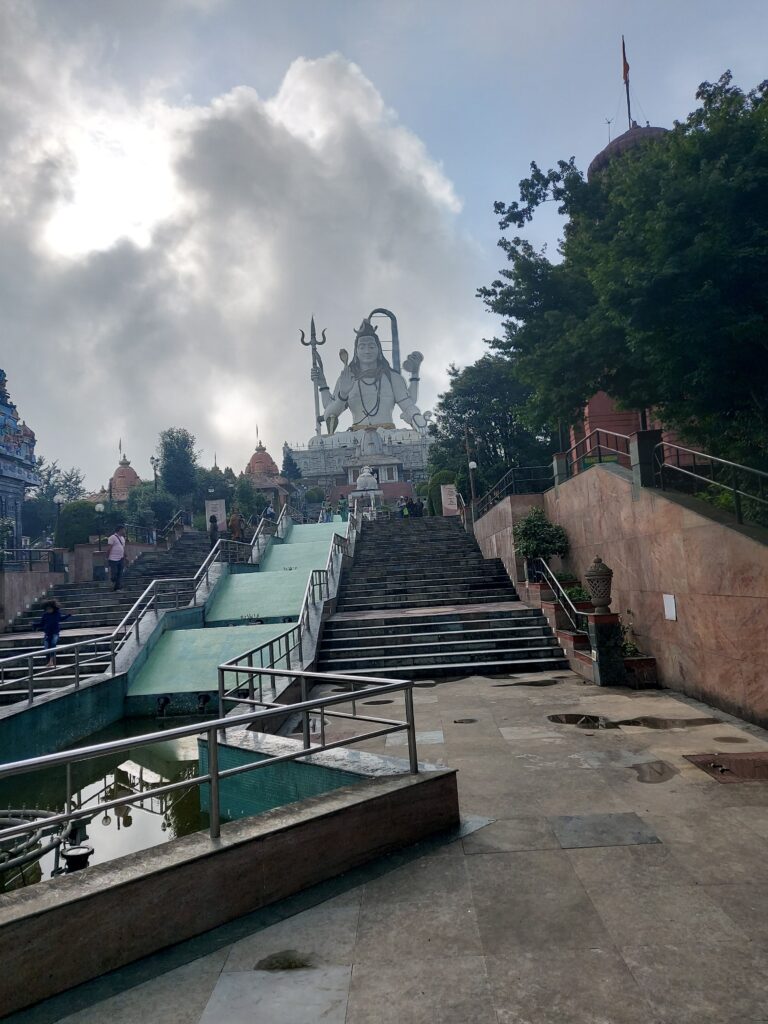
The 12 Jyotirlingas were separate shrines which housed the replicas of the original Jyotirlingas. Each one had a priest who chanted mantras, offered holy water and blessed us with the sacred thread. One can also offer abhishekam water to the Shiva Lingas. We had a very devout experience in these shrines. Every devotee must experience the bliss of being in such a magnificent place.
Each of these shrines has carvings and paintings just like the original shrine, except in smaller scale. The entire place was high on top of the mountain offering 360 degrees panoramic views of the mountains. Lord Shiva sat on the very top watching over the breath-taking hills of Himalayas. Just when I thought I have seen heaven already, I ventured into a shrine beneath Lord Shiva’s statue. There was a small shrine which housed Lord Ganesha, Kartikeya and Goddess Lakshmi, along with a beautiful peacock statue surrounding a Shiva Linga.
Stepping further in, one can see a large hall which had the deity of Dancing Shiva (Nataraja). All around the walls were carvings of different events from Lord Shiva’s life based on the puranas. The carvings and paintings were exquisitely beautiful. Slokas, Strotras of Lord Shiva from the Puranas were also carved for the benefit of devotees.
I marvelled at the audacity of the people here to create such a huge, monumental temple on top of the mountains which had narrow pathways and access. Visiting here for few hours itself felt like a brave adventure. Imagine sitting on top of this mountain with not a human in sight and then building this magnificent temple of the Gods watching over the Himalayas. Someone had the dream to create this wondrous temple and had the power to execute it flawlessly.
All of us enjoyed this divine experience. My younger daughter, Maanasa, in particular, wanted to really spend a lot of time enjoying the temple shrines. She was in no hurry to come out.
It was getting late in the evening and we still had our onward journey to Darjeeling which was couple of hours away. I was feeling little nervous, but our driver told us everything was in control and that we can reach Darjeeling safely in the night.
We headed to a small, pure-vegetarian restaurant near Sai Baba Mandir in Namchi. It had no name. In fact it looked like a small shop selling chips and cookies. Anyhow we went in and placed the order for Vegetarian thali and rotis for all of us, and headed to the Sai Baba temple right next door.
The temple itself was clean. Very few people visit this temple. We had the darshan of Baba inside. It was a little disappointing to note that most people who were there were tourists who were mostly interested in taking pictures and selfies instead of actually worshipping or offering prayers. The mandir had a nice Shiva idol outside where one can offer abhishekam.
After the darshan, we headed back to the non-descript restaurant to have our dinner. The food tasted great and wholesome. It was Satvik and did not have unnecessary masalas. Such simple, well-cooked food is hard to find in the Himalayas unless you know the locals or have a good guide who can help you identify such restaurants.
All of us relished the food which tasted like home-made food. The restaurant owner was friendly and chatted with us about Himalayan cuisine.
We then started our onward journey to Darjeeling at around 6:30 PM. The roads were treacherous and looked highly dangerous with minimal maintenance and absolutely no retaining walls. There were no street lights all along the drive. We went through completely isolated roads and then entered small village roads over the mountains.
After crossing the check-post, we went through few hanging bridges and entered West Bengal to go towards Darjeeling. It was one of the most thrilling and scary experience of my life. Once we reached our hotel, I felt sad to have said goodbye to Sikkim. I was relieved to be on solid ground after the dangerous journey ascending the mountain. At the same time, my heart continues to live in the Himalayas in Kanchenjanga in the peaceful and heavenly place called Sikkim.
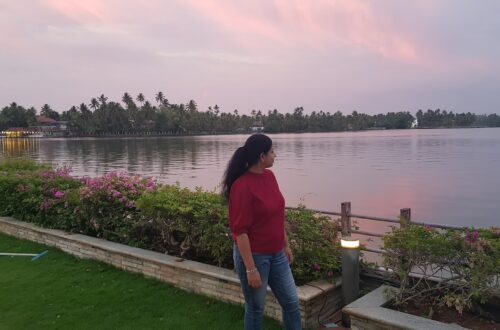
2 Comments
N . Ramakrishnan
Wonderful description of Himalayas…..clouds.
Beautiful water falls everywhere
Nice description of tea estates .
12 Jyotirlingas excellent 🙏
After reading, felt like I visited Sikkim.
srilaxmi
Thank you! Glad you enjoyed it!